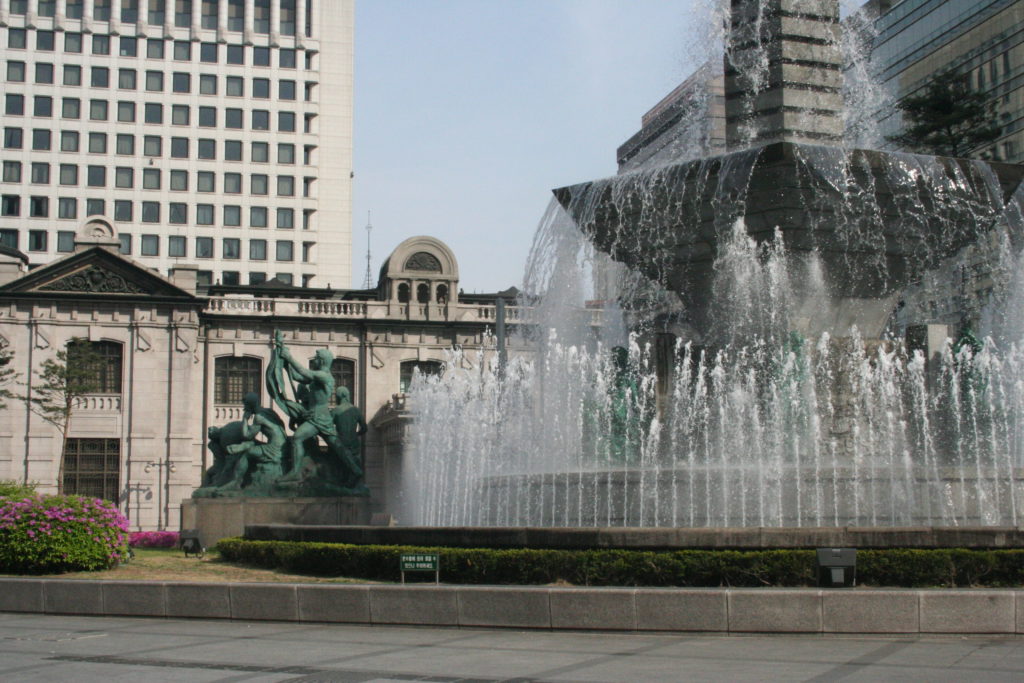The Peninsula
The Bank of Korea Shows Foresight in Holding Rates Steady
Published January 22, 2013
Category: South Korea

By Seongjin James Ahn
While some were disappointed earlier this month that South Korea’s central bank decided against easing up on nation’s key interest rate, the Bank of Korea’s decision is exactly what the economy needs in this moment: prudence and restraint. Indeed, lowering the interest rate would have helped spur on South Korea’s economy in the short term, but such a decision would have also lacked foresight.
First, a decrease in the policy rate would be the easy way out of a situation which analysts argue is no longer dire. The International Monetary Fund (IMF) projects that South Korea’s economy will eventually bottom out this year, which brings some assurance that a stop to the economic downslide is within sight. Meanwhile, others claim the economy has already bottomed out and is on track for growth.
Second, exercising prudence and restraint has immediate benefits. Refraining now from lowering the interest rate leaves greater flexibility for monetary policy adjustments in the future, perhaps at a time when it might be absolutely necessary to prop up the economy. Among developed economies, South Korea is currently in an enviable position in which it has ample space for both monetary and fiscal policies for use at its disposal.
Third, and most importantly, refraining from lowering the interest rate forces South Korea to take a hard look at its economy. South Korea is a country which should be actively in search of ways to make the economy more balanced and resilient, which means that it should eschew from policies that prop up the tradable sector in difficult times. Indeed, demand for exports have shrunken over the last year and the South Korean won is experiencing a 17-month high against the U.S. dollar; but as Christine Lagarde of the IMF recently shared in an interview with Maeil Business, by eliminating policy incentives that favor the exports sector South Korea’s economy will eventually have no choice but to develop and increase investments in the non-tradable sector, which is anticipated to be the new engine of growth for the country.
When it comes time to deciding on the key interest rate again, the Bank of Korea will hopefully continue to exercise this level of prudence and restraint so long as there is no major shock to the economy.
Seongjin James Ahn is a Visiting Fellow with the Korea Economic Institute. The views expressed here are his own.
Photo from DruhScoff’s photo stream on flickr Creative Commons.
